
Isolation of an archaeon at the prokaryote–eukaryote interface (Nature)
Plant Science Research WeeklySometime around 1.8 to 2 billion years ago, complex eukaryotic cells appeared for the first time, providing the ancestor for plants, animals and fungi. Many lines of evidence have indicated that this event probably involved an ancient archaeon taking up an ancient bacterium, the progenitor of all mitochondria.…
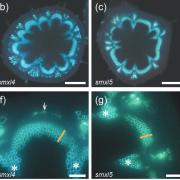
SUPPRESSOR OF MAX2 1-LIKE 5 promotes secondary phloem formation during radial stem growth (Plant J)
Plant Science Research WeeklyPlant tissues continue to develop postembryonically through proliferation at the shoot and root apical meristem. In the vasculature, radial growth occurs through the proliferation of the undifferentiated cambial cells. Members of the SUPPRESSOR OF MAX2 1-LIKE (SMXL) proteins are known to be involved…
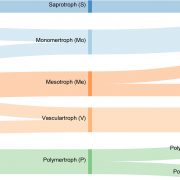
A proposed new classification scheme for fungal and oomycete pathogens based on carbohydrate-active enzymes (Front. Microbiol)
Plant Science Research WeeklyFilamentous pathogens (fungi and oomycetes) use a variety of tactics to obtain nutrients from plants. Classically, they have been categorized as biotrophic ("eating" living tissues), nectrotrophic (eating dead tissues) or hemibiotrophic (biotrophic followed by heterotrophic). Hane et al. point out that…
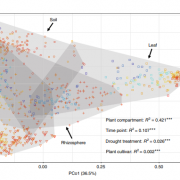
Fungal community assembly in drought-stressed sorghum shows stochasticity, selection, and universal ecological dynamics (Nature Comms)
Plant Science Research WeeklyPreviously, crop-associated mycobiomes were thought to assemble largely under the control of deterministic selection by the plant host with limited influence from drift. This study by Gao et al., highlights the important role of stochastic processes in fungal community assembly, particularly in the hosts’…

From population to production: 50 years of scientific literature on how to feed the world (Global Food Security)
Plant Science Research WeeklyTamburino et al. analyzed text from more than 12,000 research articles published in the past 50 years that included the terms “global” or “world” and “food supply”, “food demand’, or “zero hunger”. From this dataset, they quantified terms related to population, total food production,…
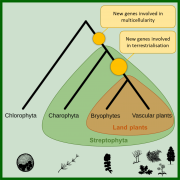
Plant Science Research Weekly: January 24
WWR Full PostReview. Small RNAs and extracellular vesicles: New mechanisms of cross-species communication and innovative tools for disease control
We have only recently begun to appreciate the phenomenon of cross-species or cross-kingdom small RNA transfer, and its applications. Using examples from plants and…
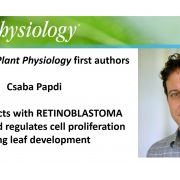
Recognizing Plant Physiology authors: Csaba Papdi
Plant Physiology, Plant Physiology: Author ProfilesCsaba Papdi, co-first author of E2FB interacts with RETINOBLASTOMA RELATED and regulates cell proliferation during leaf development
Current Position: Postdoctoral researcher at IBMP, Institut de biologie moléculaire des plantes du CNRS, Strasbourg, France
Education: PhD in plant molecular biology,…
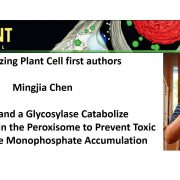
Recognizing Plant Cell authors: Mingjia Chen
The Plant Cell, The Plant Cell: Author ProfilesMingjia Chen. first author of A Kinase and a Glycosylase Catabolize Pseudouridine in the Peroxisome to Prevent Toxic Pseudouridine Monophosphate Accumulation
Current Position: Associate Professor, College of Life Sciences, Nanjing Agricultural University
Education: PhD at the Institute of Plant…
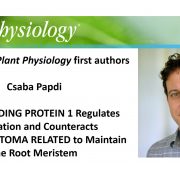
Recognizing Plant Physiology authors: Csaba Papdi
Plant Physiology, Plant Physiology: Author ProfilesCsaba Papdi, co-first author of ErbB-3 BINDING PROTEIN 1 Regulates Translation and Counteracts RETINOBLASTOMA RELATED to Maintain the Root Meristem
Current Position: Postdoctoral researcher at IBMP, Institut de biologie moléculaire des plantes du CNRS, Strasbourg, France
Education: PhD in plant…

